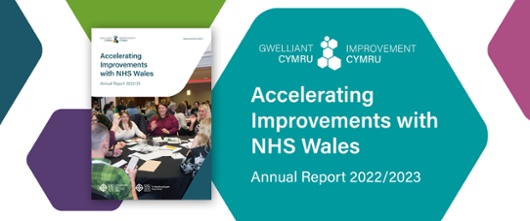APPLE approach to reduce preventable hospital acquired thrombosis

Betsi Cadwaladr University Health Board
Historically, hospitals in Betsi Cadwaladr University Health Board (BCUHB) have struggled with poor compliance in completing the thromboprophylaxis risk assessment, with several incidents of incorrect thromboprophylaxis prescriptions and missed doses. Combined with the large amount of Hospital Acquired Thrombosis (HAT) and the number of preventable deaths from Venous Thrombo-Embolism (VTE) across the UK, the Welsh Government made Thromboprophylaxis a Tier 1 priority, which now sits under the Welsh Risk Pool.
To achieve the recommendations set by the Welsh Risk Pool, a review meeting was held with thromboprophylaxis nurses, clinical leads, pharmacists, HAT group chair and stake-holders. This allowed ideas to be discussed to change practice and for SMART goals to be set. The primary goal was defined as ‘To increase the compliance in completing thromboprophylaxis risk assessment tool on admission by 30% by January 2023’.
It was agreed that the concept of the APPLE approach to be included in thromboprophylaxis walk around was the best option for the intervention. The concept of APPLE is a multidisciplinary team approach focusing on Assessment (VTE risk assessment tool), Post take (consultants to review thromboprophylaxis on post take round), Pharmacy check (pharmacists to check thromboprophylaxis prescription is correct), Leaflet (Nurses to give written and verbal VTE information on admission) and Education (all staff to be educated on the importance of thromboprophylaxis and VTE). This approach enables departments to take ownership for their performance and creates a culture focused on increasing patient safety.
Through a series of Plan, Do, Study, Act cycles, the process, assessment and audit collection were refined and implemented across the health board, with both project goal and stretch goal being achieved. Data from 1000 patients demonstrated that if the risk assessment was completed, the prescription was correct 97% of the time. However, if the risk assessment was not completed the prescription was only correct 65% of the time. In the January 2023 audit, 100% compliance was achieved.




